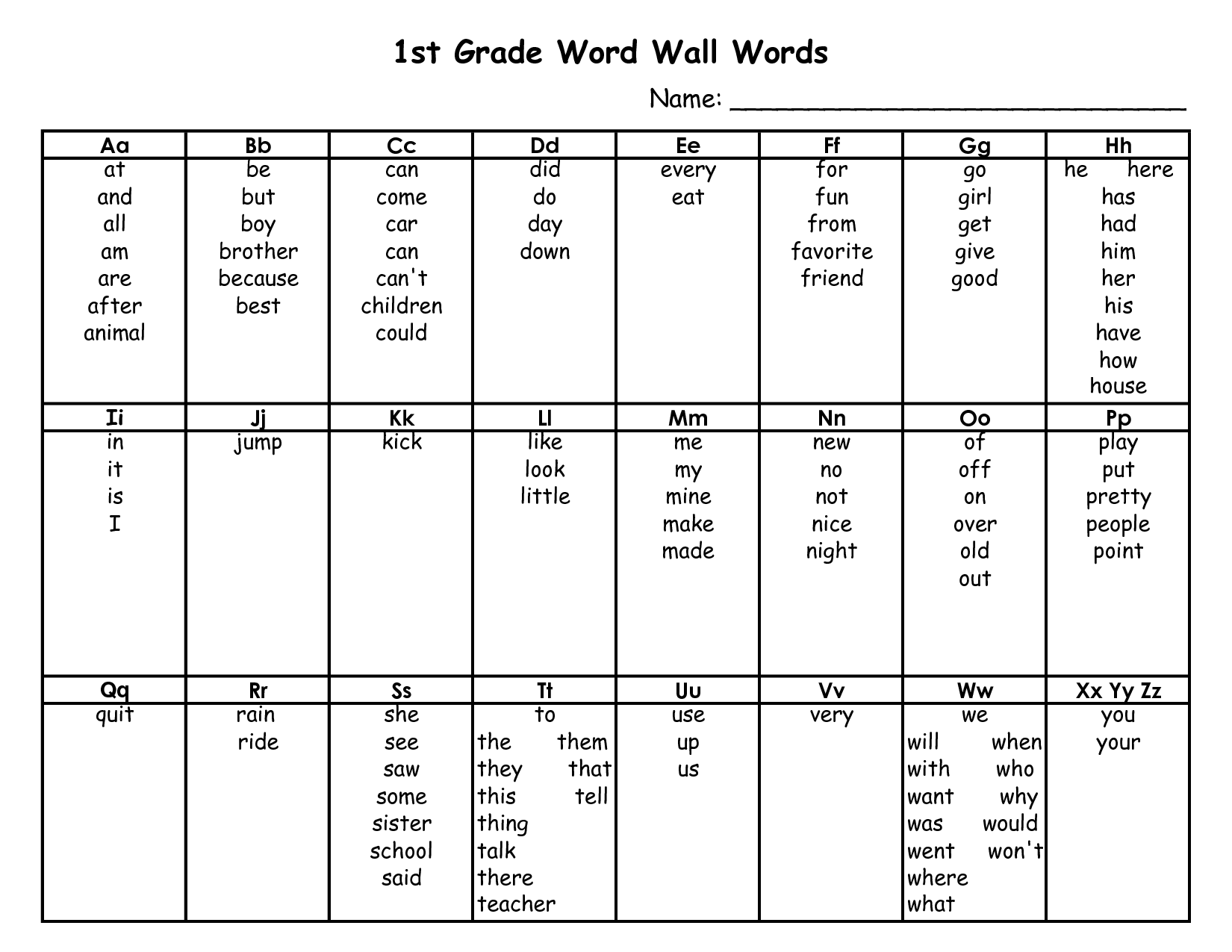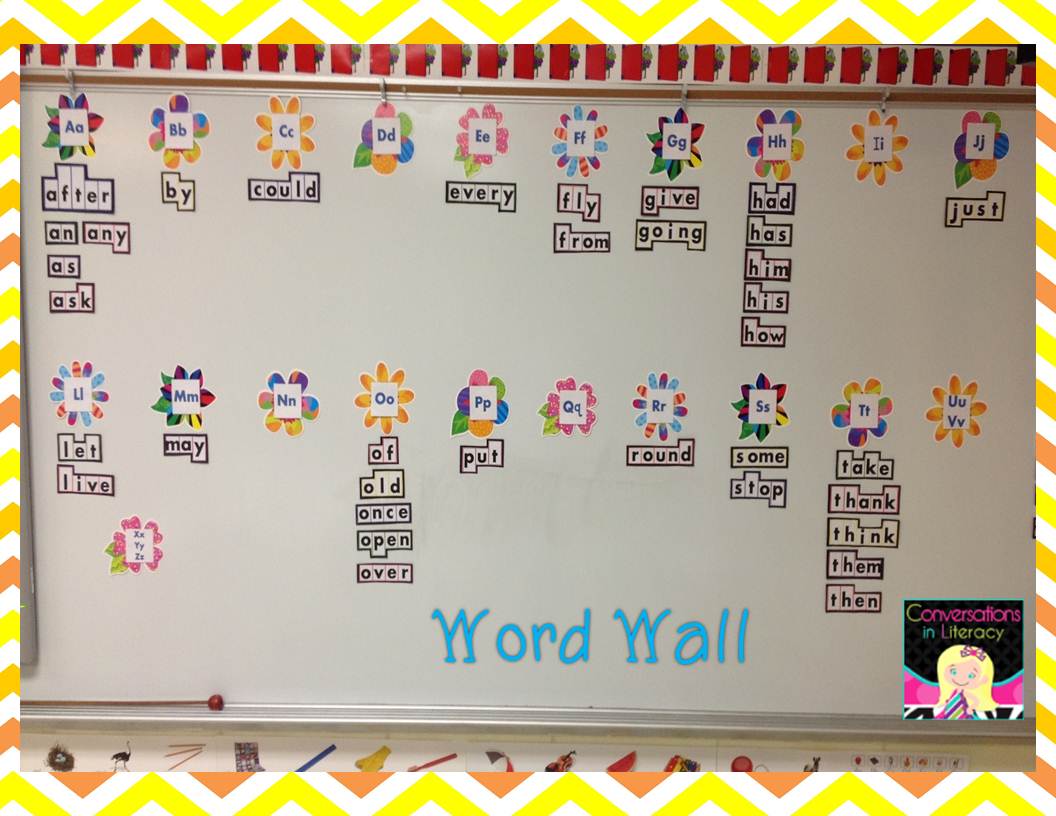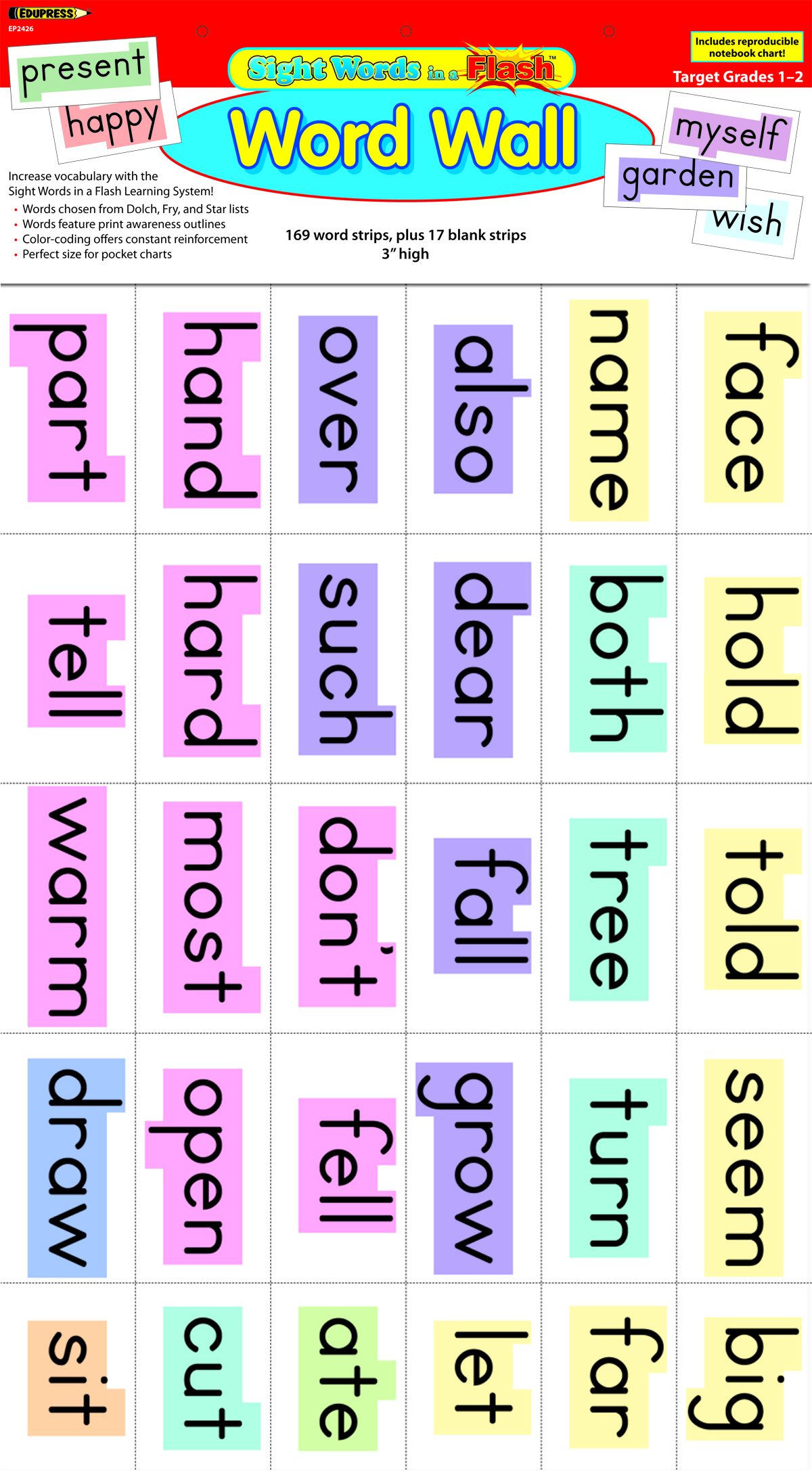


They write the words that go in the categories and they add pictures for the words. Then while the teaching, learning, reading and exploring happen, students interact with the wall. The teacher creates the overall outline of the graphic organizer and the headings. It has often been said that “those who do the work, do the learning.” Absolutely! That’s another reason why the interactive word wall benefits all students. Instantly a language learner identifies what that word means and sees the word daily inside the classroom environment. For language learners, the benefits are obvious! If the interactive word wall is about Energy and one the words on it is light bulb, a visual is the quickest way to demonstrate the meaning. Students are able to connect words with their meanings very quickly. And only students who can already read the words truly have access to them.Īn interactive word wall includes visuals, graphics, or realia (real objects) with each word. These words have no relationship to one another. For example, under the letter A, words like airplane, ambulance, art, angel, always, anytime, etc. Under each letter the teacher places random words that start with that particular letter. In a typical static word wall, the only organization is that the wall is in alphabetical order. Words become related to one another and connections are built. Since the interactive word wall is structured in the form of a graphic organizer, students are able to grasp and organize information easily. The benefits of an interactive word wall are outstanding for all students, not just language learners! Picturing words to boost retention It is thematic or unit-based and includes pictures or graphics related to the words. And she is amazing! Her work is primarily with science studies however, her word-wall strategies can be applied in any content area.Īn interactive word wall is basically a large graphic organizer displaying critical vocabulary on the wall. Her discoveries about interactive word walls have been published in multiple journals. Julie Jackson, an Associate Professor of Science Education at Texas State University, who has done research and implemented interactive word walls in many Texas schools. I was first formally introduced to interactive word walls by Dr.

Interactive word walls across the curriculum The interactive word wall is very different. You know, the teacher-created, alphabetic, random word wall. You might recall the traditional type of word wall. One of best techniques I’ve come across in my years in education is the interactive word wall. So how do we create classrooms that build and strengthen students’ vocabulary? Classrooms where student vocabulary is thriving? Think of them as nutrients, vital to their learning muscles. The words we use with students must be accessible, valuable, and usable. If kids don’t know lots of words, if they don’t understand the words, and if they can’t use the words, then those words are of no value to them.

And wouldn’t you agree that we want our kids to be RICH with vocabulary? One might say that vocabulary is the currency of the classroom.


 0 kommentar(er)
0 kommentar(er)
